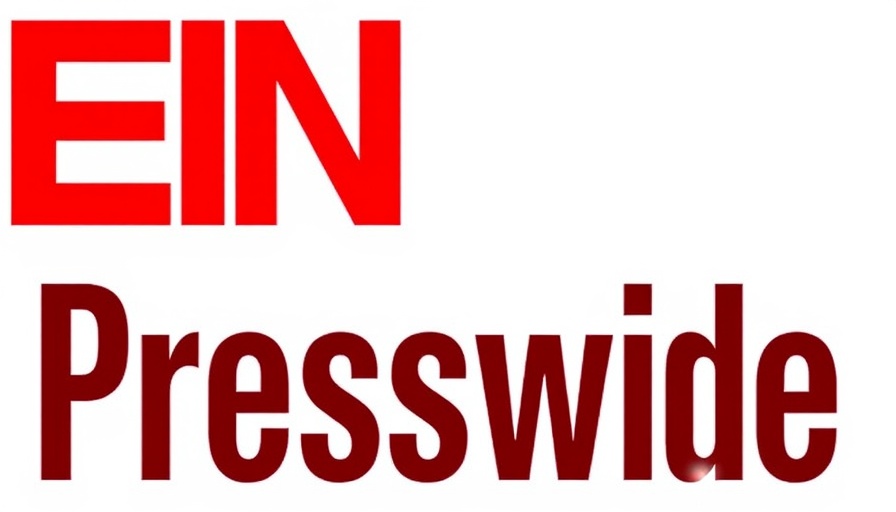
The Evolution of Public Relations: Worth More Than Just Money
Public Relations (PR) has long been misunderstood in the business world, often seen as a realm where cash can simply buy favorable coverage. In the debut edition of “Heard on the Streets,” Sherrie Handrinos, founder of Boost 1 Marketing & PR, underscores a crucial misconception: earned media coverage cannot be purchased. This fundamental shift in understanding PR's value is essential for professionals striving to navigate the dynamic media landscape.
Defining Earned PR vs. Paid Placement
According to Handrinos, the separation between earned PR and paid placement is stark yet often overlooked. Earned media arises from building relationships and offering valuable news, leading to organic stories generated by reporters and editors. In contrast, paid placements are more akin to advertisements, where brands pay for space to promote their narrative. Both are vital in a well-rounded communications strategy, but recognizing their differences can shape effective outreach.
Maximizing the Impact of Press Releases
A press release remains a tactical cornerstone in garnering media attention. Handrinos asserts, “It must explain your product or brand clearly.” High-quality press releases can trigger interest among journalists, leading them to craft stories that resonate with audiences. Providing well-structured, newsworthy content holds the key to standing out amidst a deluge of information in our fast-paced digital age.
Strategies to Earn Media Coverage
Generating earned media coverage requires a strategic approach. Crafting compelling narratives is only part of the puzzle. Building and nurturing relationships with journalists, providing valuable insights, and maintaining transparency significantly enhance the likelihood of coverage.
The Role of Expert Insights in PR
With the establishment of EIN Presswire’s Substack, readers are afforded access to professional insights from industry veterans like Handrinos. Engaging with these experts allows professionals to leverage lived experiences, expanding their understanding of what works in a rapidly transforming PR environment.
Future Trends in Public Relations
Looking ahead, professionals must remain agile in adapting to the evolving media landscape dominated by digital platforms and AI technologies. As Handrinos highlights, understanding how these tools are reshaping communications is imperative for sustained success in the PR field. The blending of traditional PR strategies with innovative technology will redefine how brands engage with their audiences.
The Importance of Transparent Communication
In a world rife with misinformation, transparent communication becomes crucial. Handrinos emphasizes how credibility can drive engagement and loyalty. For brands, being straightforward about their message and values fosters a trustworthy relationship with their audience, especially amid societal concerns about authenticity and integrity.
Engagement Beyond Transactions
Ultimately, moving away from a transactional viewpoint towards a relational one not only enriches PR practices but also contributes to broader social dynamics. Engaged organizations can make more significant impacts on their communities and industries, propelling them towards genuine change rather than fleeting campaigns.
Conclusion: The Power of PR in Modern Communication
In conclusion, understanding the nuances of PR is critical for professionals in today’s landscape. As media consumption continues to evolve, so too must the strategies adopted by PR experts. Handrinos’ insights present a compelling reminder: PR’s worth cannot be quantified merely in dollars but rather in the relationships and stories cultivated with authenticity and purpose. Organizations hoping to stay ahead must value the subtleties of earned media while embracing the power of their narratives.
For those wanting to dive deeper into the world of public relations, consider subscribing to EIN Presswire’s Substack for updates from leading communicators and insights that can transform your approach to media engagement.
 Add Row
Add Row  Add
Add 




Write A Comment